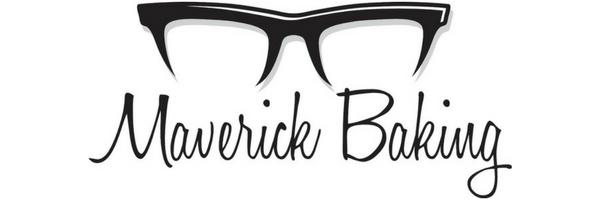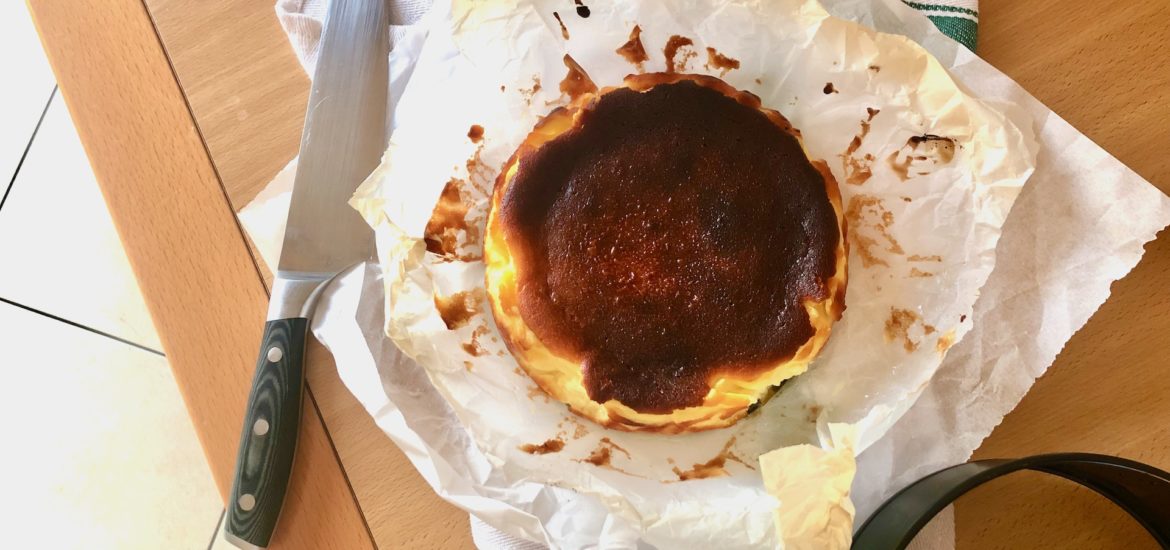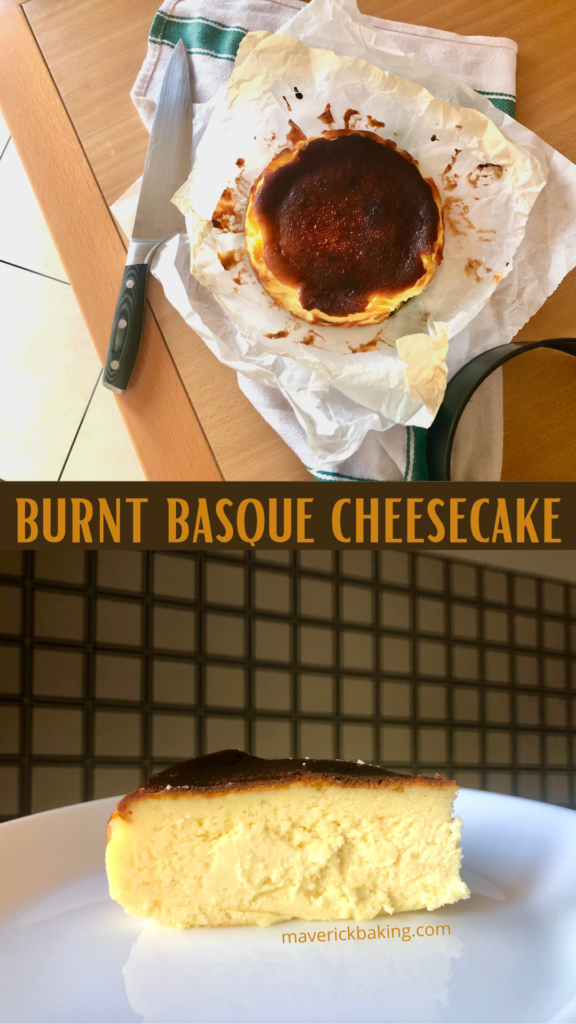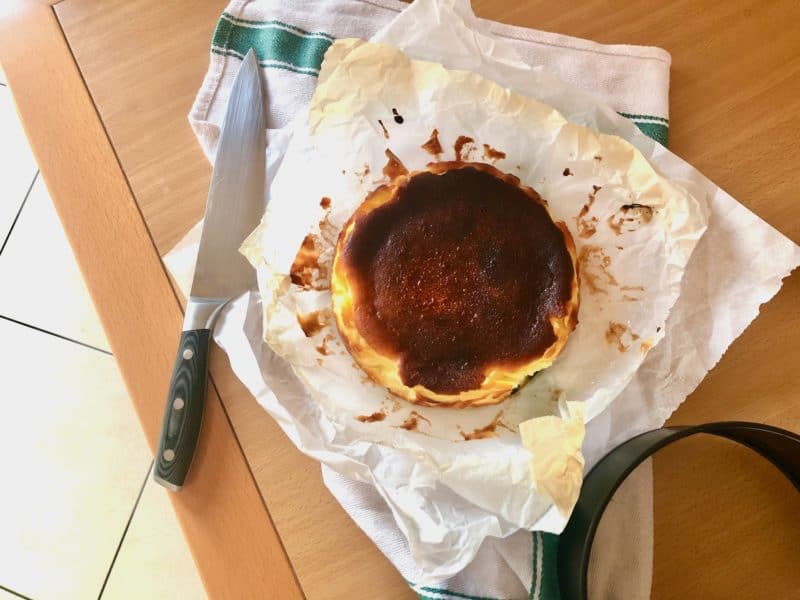Burnt Basque Cheesecake; impossibly creamy yet light Spanish-style baked cheesecake with a deep bronze caramelised top.
I may be several months late to this party but I’m still very happy to be here.
You may have seen this kind of cheesecake before. In fact, you may have seen it just about everywhere online that food is to be found. The Basque cheesecake has travelled from its home in northern Spain, to trendy London and New York restaurants, to just about any respectable recipe site.
It comes in several, though admittedly similar, forms. Short, tall, wide, slim. White and creamy, pastel yellow and fluffy. Bronzed, brown, or utterly black on top. Presented on fine crockery or fresh in its scorched parchment wrapping. Warm and collapsing, chilled and dense. There are a multitude of ways to serve and eat the Burnt Basque Cheesecake, and the internet seems to have been mildly obsessed with all of them!
Until this week I had not been fortunate or well-travelled enough to taste one, let alone bake it in the Maverick Baking kitchen. However, after putting the feelers out for recipe requests from my lovely YouTube viewers, one kind soul offered up the idea of a Basque cheesecake. Despite my initial fear it would be a terribly tricky affair, like some baked cheesecakes can often be, this recipe has been an absolute revelation.
Prefer a video version of this recipe? Click here to watch it on YouTube!
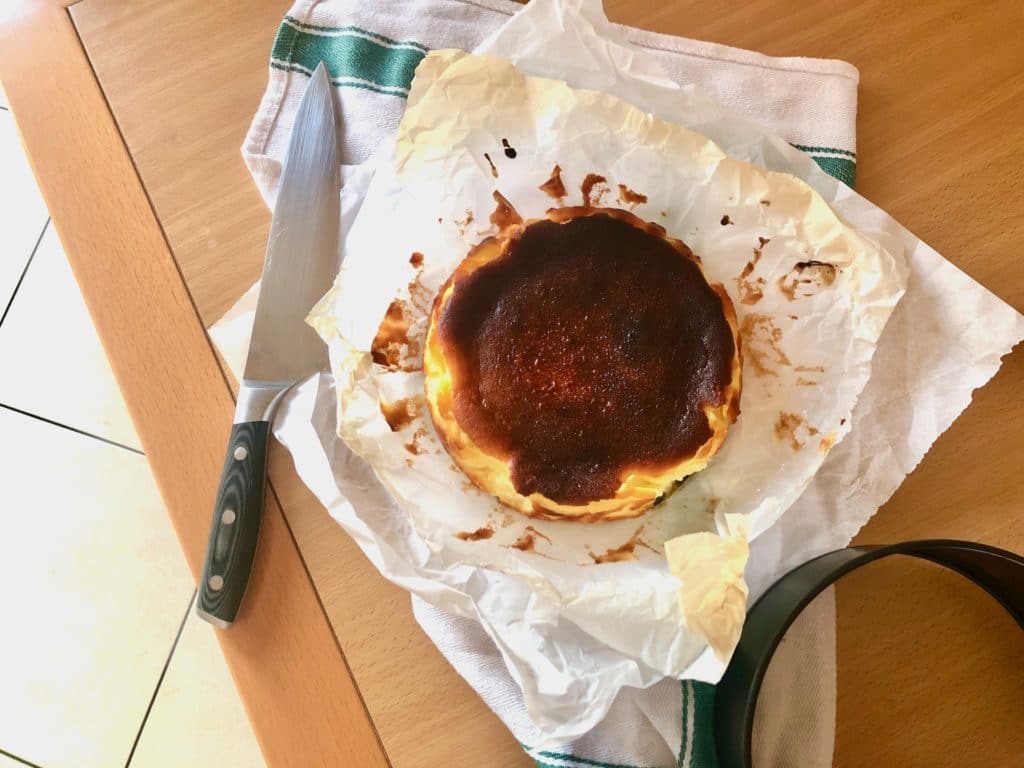
After researching the hard work of others and conducting some sunny afternoon experimentation, I’ve got a truly lovely wee recipe here for you today.
The Burnt Basque Cheesecake before you harks back to the rustic original that everyone lustily imitates. I love the sight of its uneven hazelnut-brown top, its craggy sides, and the tarnished paper it sits upon. It looks both homemade and fancy in the same glance.
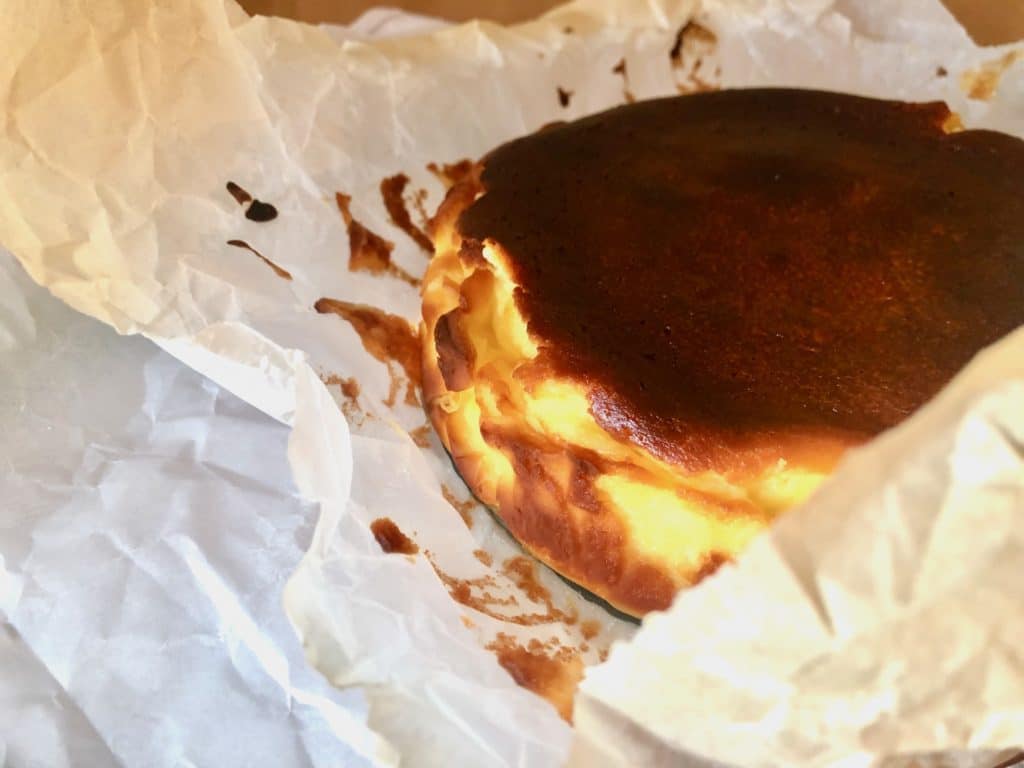
You’ll find the flavour somewhere between a custard tart and a classic vanilla cheesecake. It’s somehow richly dessert-like and barely-sweet. A subtle bittersweetness and lactic tang seemingly the only things that whisper through the glorious smoothness of mascarpone and egg yolk.
The texture dances the perimeters of cheesecake and soufflé, made all the more mysterious by the fact it hold almost no fluffiness before baking. It’s somehow feather-light and obscenely creamy in every bite.
Above all the dreamy joy of eating it is the pleasure of making it. No faffing about with a biscuit base, no need for awkward water-baths for baking, and overall a much faster turnaround. This Burnt Basque Cheesecake is ideal for even beginner bakers. You’ll need just a bowl and a cake tin to make this remarkable centrepiece dessert.
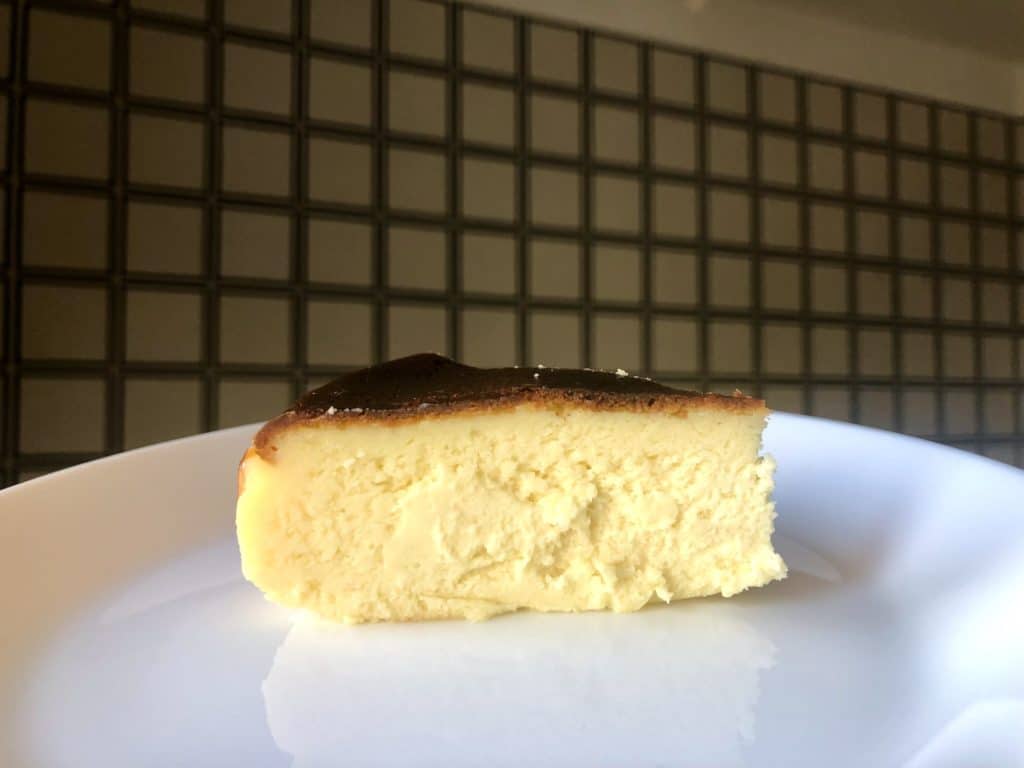
I’d recommend using mascarpone cheese over regular cream cheese, if you can. Not only because it was easier for me to find here in Italy, but I find it offers a much fuller and smoother flavour than a tub of Philadelphia. I also use natural yoghurt in place of the sour cream found in other recipes – it’s lighter and cheaper and generally easier to use up.
The recipe’s sugar content is just enough to satisfyingly sweeten the cheesecake without making it heavy or over-powering. In fact, you barely notice it’s there. Italian people are refreshingly sincere, and often hate over-sweetened desserts. Two of them separately remarked on this recipe’s ideal sweetness, so you can trust you’re in good hands!
Finally, while I present a sort of basic Burnt Basque Cheesecake for you today, do feel free to add a glug of vanilla extract or a grating of lemon zest before baking. You don’t necessarily want to detract from that gorgeously smooth mascarpone, but a fragrance in the background would definitely be welcome.
I hope you love this Burnt Basque Cheesecake as much as we have, and thanks for popping by.
Want to save this Burnt Basque Cheesecake for later? You can pin the image below!
To make this Burnt Basque Cheesecake, simply follow the recipe below:
Ingredients
- 400g (14 oz) mascarpone cheese or cream cheese
- 100g (½ cup) granulated sugar or caster sugar
- 2 large eggs
- 2 tbsp plain flour or ’00’ flour
- 150g (½ cup) plain natural yoghurt
- Pinch of salt
- Zest of 1 lemon, or 2 tsp vanilla extract (optional)
Instructions
- Preheat your oven – 200 C / 180 C fan / gas mark 6 / 400 F.
- Prepare a 16cm (6 in) round springform cake tin by lining the base and sides with a large square of greaseproof paper, leaving some to hang over the sides for easy removal later!
- In a large mixing bowl, stir together the mascarpone and sugar until creamy and combined.
- Stir in the eggs one at a time to achieve a smooth and runny mixture.
- Add the flour, yoghurt, salt, and lemon/vanilla (if using) and stir again to combine into a creamy, smooth cheesecake batter.
- Pour the batter into your prepared tin.
- Bake for 40-50 minutes in the preheated oven. Your cheesecake should be well-browned (but not black!) on top, and should still be jiggly when shaken.
- Allow the cheesecake to cool completely in its tin for 2-3 hours.
- Slice at room temperature, or chill it in the fridge for a cold treat instead.
- Enjoy!
BE A MAVERICK: why not add some lemon zest or vanilla extract for a whisper of extra flavour?
This Burnt Basque Cheesecake will keep well in the fridge for up to 3 days but is best enjoyed fresh!
You may also like:
